Picture a place where laughter once echoed across the desert, where families gathered for thrills and cotton candy, and where a small carnival town brought joy to travelers along Route 66.
Little Beaver Town was a quirky roadside attraction near Tucumcari, New Mexico, that entertained visitors for decades before vanishing beneath the relentless desert sands.
Today, this forgotten carnival sits abandoned, reclaimed by nature and time, yet its story remains a fascinating glimpse into America’s love affair with roadside wonders.
Join us as we uncover the secrets of this buried treasure and explore what made Little Beaver Town so special.
1. A Roadside Dream Along Route 66

Back when Route 66 was the main highway connecting Chicago to Los Angeles, roadside attractions popped up like wildflowers after rain. Little Beaver Town emerged during this golden era as a place where weary travelers could stretch their legs and experience something unexpected. The carnival sat just outside Tucumcari, a town already famous for its neon signs and quirky stops.
Families would pull off the highway, drawn by colorful signs promising entertainment and fun. Kids pressed their faces against car windows, eager to explore this miniature wonderland. The location was perfect for catching tourists heading east or west across the vast New Mexico landscape.
What started as a simple idea grew into a beloved destination that locals and visitors cherished. The carnival represented the spirit of adventure that defined mid-century American travel. People weren’t just passing through anymore; they were making memories in places like Little Beaver Town, creating stories they’d share for years to come.
2. The Miniature Western Town That Captured Hearts
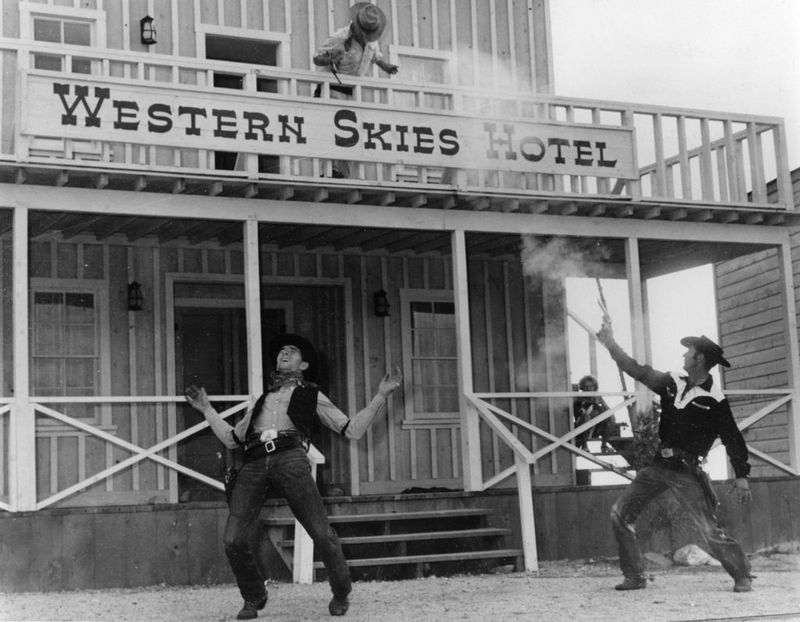
Imagine stepping into a world where everything looked like the Wild West but shrunk down to kid-friendly size. Little Beaver Town featured miniature buildings designed to resemble an Old West settlement, complete with tiny saloons, jails, and general stores. Children could walk through doorways built just for them, feeling like giants in this pint-sized frontier town.
The attention to detail made visitors feel transported back in time. Wooden sidewalks creaked underfoot, and hand-painted signs hung above each little shop. Parents snapped photos while kids pretended to be sheriffs and outlaws, playing out Wild West fantasies in this perfect playground.
This wasn’t just decoration; it was an immersive experience that sparked imagination. The miniature scale made everything feel magical and accessible. Families spent hours exploring every corner, discovering new details with each visit.
The Western theme connected perfectly with New Mexico’s rich frontier history, making the experience feel authentic and special.
3. The Famous Prairie Dog Colony
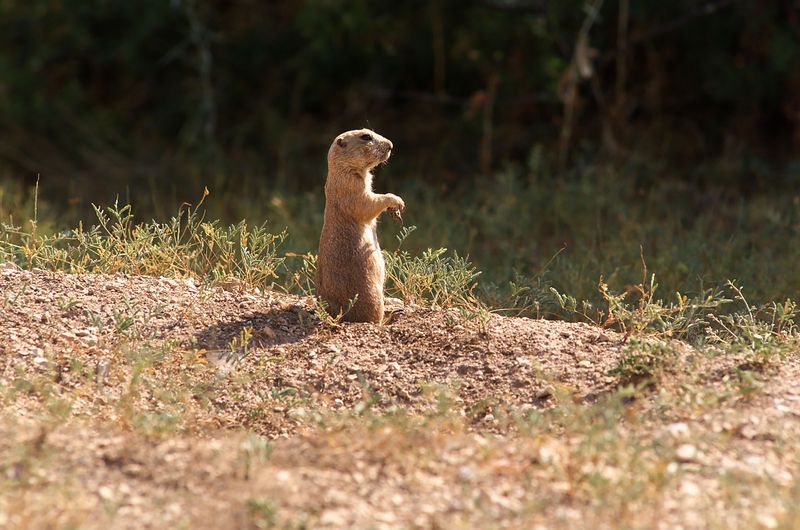
One of Little Beaver Town’s biggest draws was its prairie dog colony, a living attraction that delighted visitors of all ages. These adorable creatures lived in specially designed habitats where guests could watch them pop in and out of burrows, chirping and playing throughout the day.
The prairie dogs became unofficial mascots, and many families returned specifically to see them.
Watching these social animals interact provided endless entertainment. They’d stand on their hind legs, scanning for danger, then dive underground in a flash. Kids giggled at their antics while learning about desert wildlife in an up-close, personal way that no textbook could match.
The colony represented something rare: a chance to observe native New Mexico wildlife without venturing far from the highway. Caretakers maintained the habitat and ensured the animals stayed healthy and active.
These furry residents created connections between visitors and the desert ecosystem, making Little Beaver Town educational as well as fun.
4. Carnival Rides and Games Under Desert Skies

Beyond the miniature town, Little Beaver Town offered classic carnival entertainment that kept families entertained for hours.
Small rides spun and twirled against the backdrop of endless desert sky, while game booths challenged visitors to win prizes. The setup was modest compared to big city amusement parks, but that intimacy made it feel more personal and welcoming.
Children squealed with delight on the merry-go-round, its painted horses bobbing up and down to cheerful music. Game operators called out to passersby, inviting them to try their luck at ring toss or balloon darts. Winning a stuffed animal felt like the greatest achievement in the world.
The carnival atmosphere transformed an ordinary travel day into something memorable. Parents relaxed on benches while kids burned off energy accumulated during long car rides. Evening visits were particularly magical when lights twinkled against the darkening desert sky, creating a scene straight from a nostalgic postcard of simpler times.
5. The Trading Post and Souvenir Shop
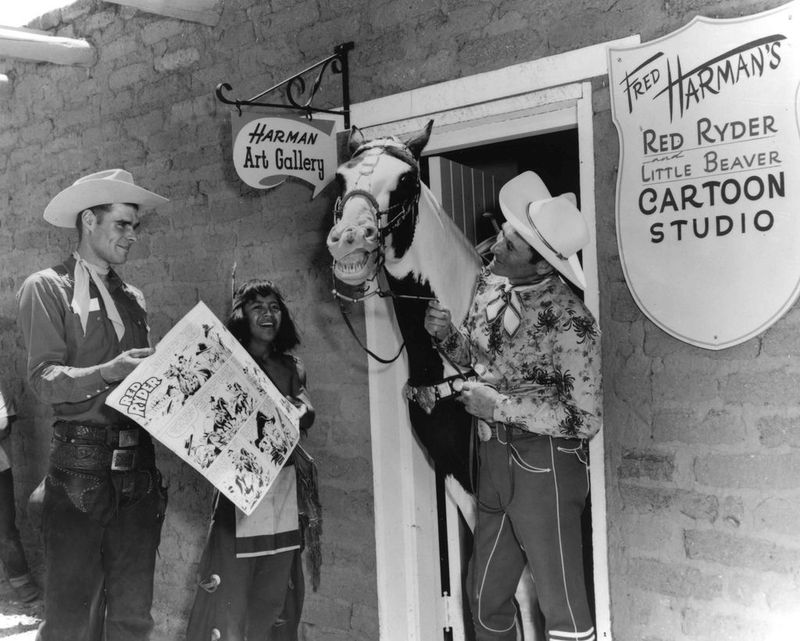
No visit to Little Beaver Town was complete without browsing the trading post, where shelves overflowed with treasures and trinkets. This combination gift shop and general store sold everything from turquoise jewelry to rubber tomahawks, postcards to pecan logs.
Visitors could find authentic Native American crafts alongside kitschy tourist souvenirs, creating a wonderfully eclectic shopping experience.
The building itself had character, with rough-hewn wooden beams and southwestern decor covering every surface. Browsing felt like a treasure hunt, with new discoveries around every corner. Kids saved their allowance to buy something special, a tangible memory of their adventure.
Local artisans sometimes sold their work here, giving the trading post cultural significance beyond typical tourist traps. Hand-woven blankets, pottery, and silver work represented genuine New Mexico craftsmanship.
Purchasing these items supported local communities while giving travelers authentic pieces of the Southwest to take home. The trading post bridged commerce and culture in a way that enriched everyone’s experience.
6. The Mysterious Decline and Abandonment
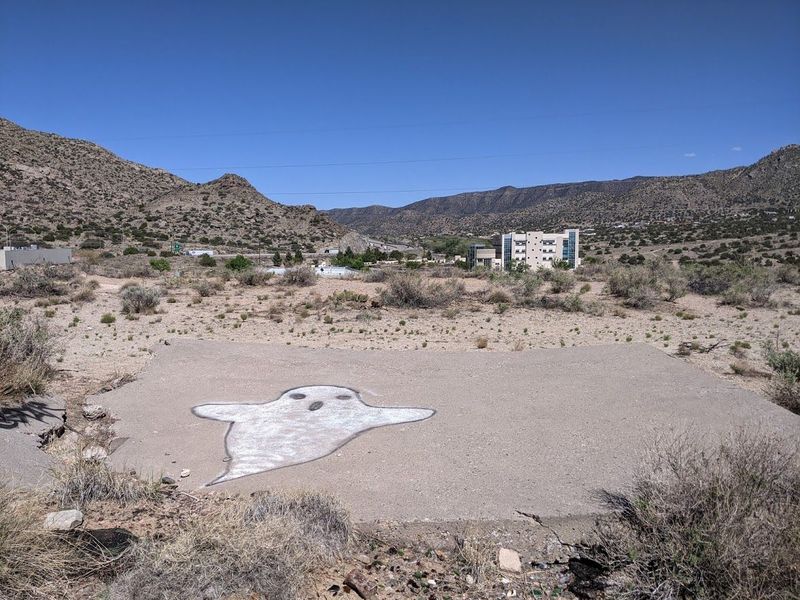
Like many Route 66 attractions, Little Beaver Town eventually fell on hard times as interstate highways redirected traffic away from the old road. Fewer cars meant fewer visitors, and the carnival struggled to survive. By the 1970s and 1980s, the glory days had faded, and maintenance became increasingly difficult.
Owners faced tough decisions as revenue dropped year after year. Rides broke down and weren’t repaired. The prairie dog colony dwindled. Eventually, the gates closed for good, leaving buildings and equipment to face the harsh desert elements alone.
The reasons for closure weren’t dramatic but rather the quiet economic reality facing countless small businesses. Changing travel patterns, rising costs, and shifting tourist interests all played roles. What once thrived as a bustling stop became a silent monument to a bygone era.
The carnival that brought so much joy simply couldn’t adapt fast enough to survive in a changing world, leaving only memories and ruins behind.
7. Swallowed by Sand and Time
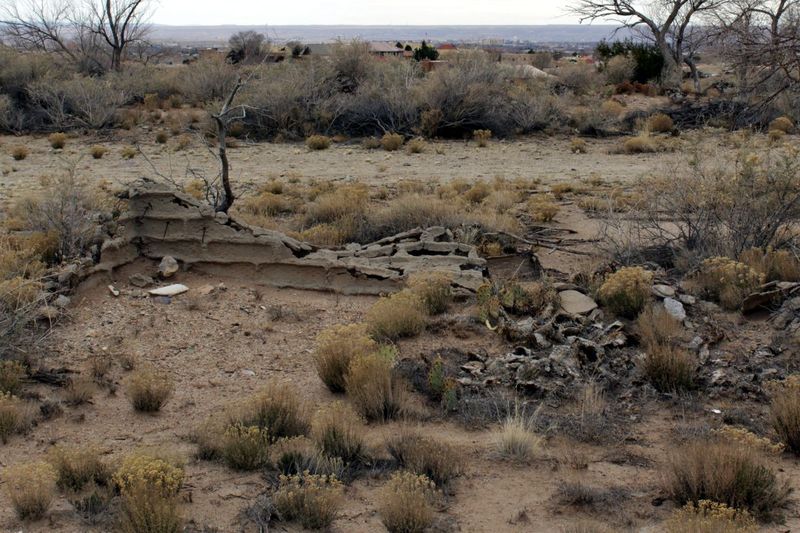
After abandonment, nature wasted no time reclaiming Little Beaver Town. Desert winds carried sand across the property, creating drifts that gradually buried structures and equipment. What once stood proud and colorful slowly disappeared beneath layers of fine New Mexico sand, like an archaeological site forming in fast-forward.
The desert is both beautiful and unforgiving. Without human maintenance, buildings weathered rapidly under intense sun and occasional fierce storms. Sand filled doorways and windows, transforming the carnival into something resembling ancient ruins rather than a recently abandoned business.
Visitors who stumble upon the site today find a haunting landscape where only the tallest structures peek above sand dunes. The burial process continues, with each windstorm rearranging the scene. Some see poetry in this transformation, nature erasing human endeavors and reasserting its dominance.
Others feel sadness watching a place of joy return to the earth. Either way, the site serves as a powerful reminder of impermanence in the desert.
8. Urban Explorers and Photographers Discover the Ruins
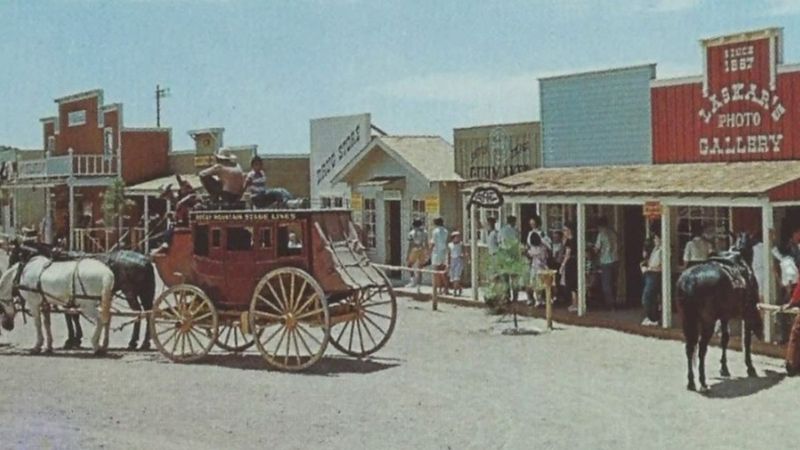
In recent years, Little Beaver Town has found new life as a destination for urban explorers and photographers. These adventurers seek out abandoned places, documenting decay and finding beauty in forgotten spaces. The partially buried carnival offers dramatic visuals that tell stories of past glory and inevitable decline.
Photographers capture stunning images of rusted rides against turquoise skies, or weathered signs half-swallowed by sand dunes. The contrast between human-made structures and natural forces creates compelling compositions. Social media posts about the site have sparked renewed interest, with people making pilgrimages to witness the ruins firsthand.
These modern visitors approach Little Beaver Town with reverence and curiosity. They research its history, share their findings online, and help preserve its memory through documentation. While the carnival no longer serves its original purpose, it has become something else entirely: a canvas for artistic expression and a touchstone for those fascinated by America’s roadside history and the passage of time.
9. Safety Concerns and Access Challenges
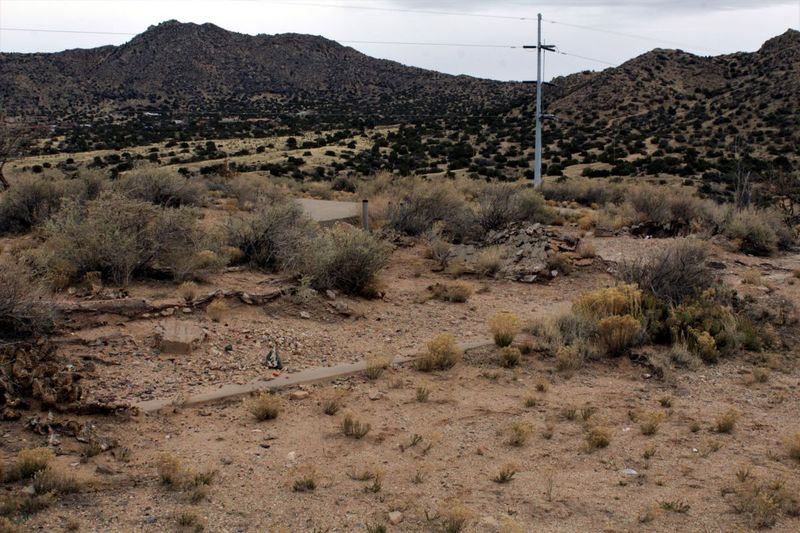
Visiting the abandoned Little Beaver Town site comes with significant challenges and risks. The property sits on private land, and access may be restricted or prohibited depending on current ownership. Trespassing laws in New Mexico are serious, and visitors should always respect property boundaries and posted signs.
Beyond legal issues, physical dangers abound at abandoned sites. Structures weakened by decades of weather could collapse without warning. Rusty metal, broken glass, and unstable surfaces create injury risks. Wildlife, including snakes and spiders, often make homes in abandoned buildings, adding another layer of caution.
Those determined to see the ruins should research current access status and consider reaching out to property owners for permission. Never visit alone, and always let someone know your plans. Bring plenty of water, as the desert heat is no joke.
The allure of exploring forgotten places is strong, but safety must come first. Respecting these precautions ensures that curiosity doesn’t lead to tragedy in the unforgiving desert environment.
10. Preserving the Memory of Little Beaver Town
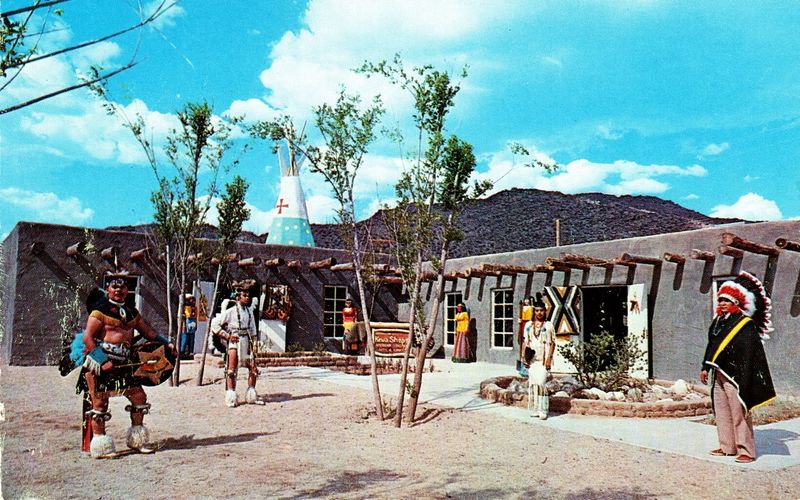
Even though the physical site continues disappearing beneath the sand, efforts to preserve Little Beaver Town’s memory continue through various channels. Route 66 historians document these attractions, collecting photographs, stories, and artifacts before they’re lost forever.
Museums dedicated to the Mother Road feature exhibits about roadside attractions, keeping these cultural landmarks alive in public consciousness.
Former visitors share memories online, posting old family photos and recounting childhood adventures at the carnival. These personal accounts provide invaluable historical context and emotional connections that official records can’t capture. Each story adds another piece to the puzzle of what Little Beaver Town meant to people.
Books, documentaries, and websites dedicated to Route 66 culture ensure that places like Little Beaver Town aren’t completely forgotten. While the buildings may vanish, the stories persist.
Preservation efforts remind us that these quirky roadside stops represented more than commerce; they were gathering places where families created memories, and that human element deserves remembering and celebrating for generations to come.
Dear Reader: This page may contain affiliate links which may earn a commission if you click through and make a purchase. Our independent journalism is not influenced by any advertiser or commercial initiative unless it is clearly marked as sponsored content. As travel products change, please be sure to reconfirm all details and stay up to date with current events to ensure a safe and successful trip.